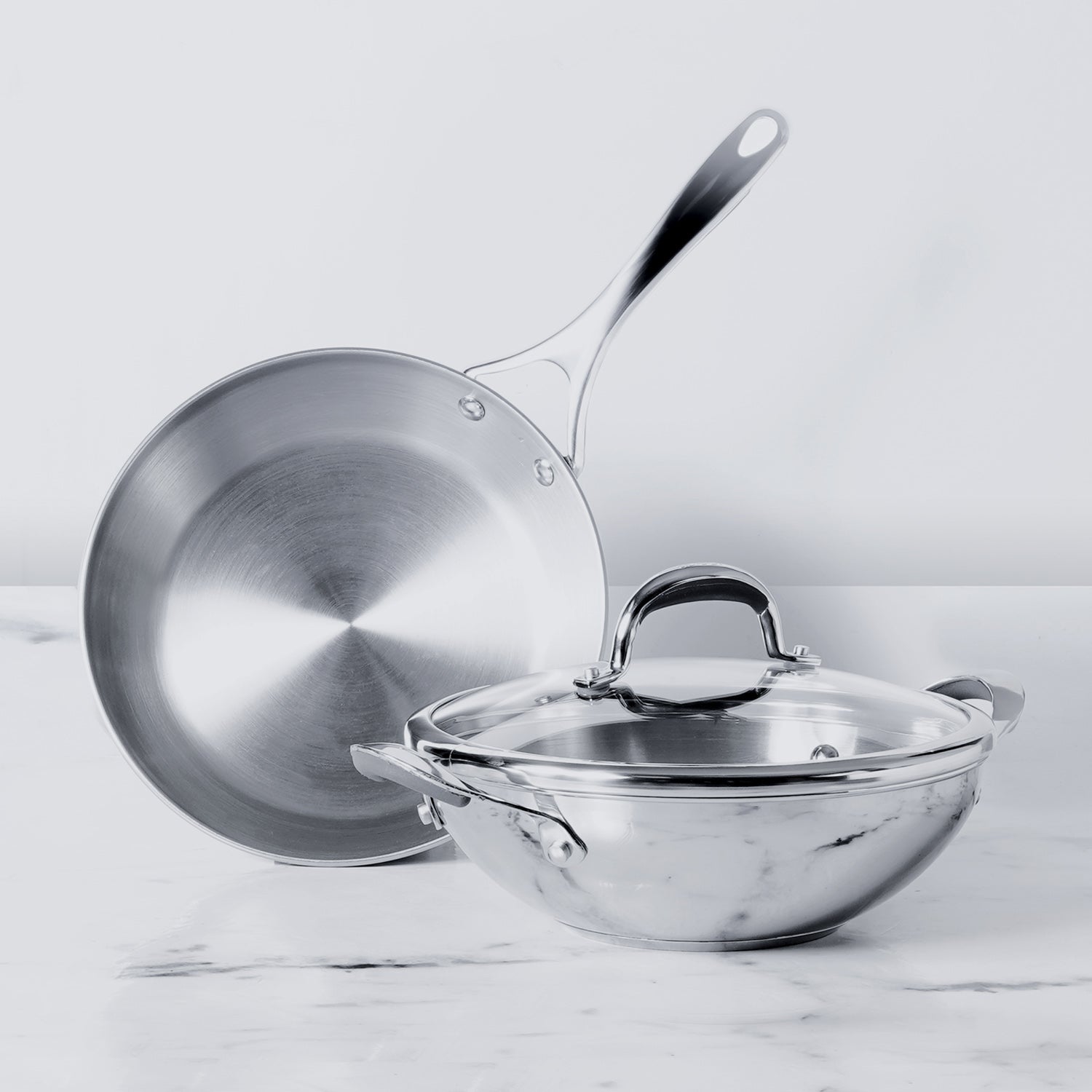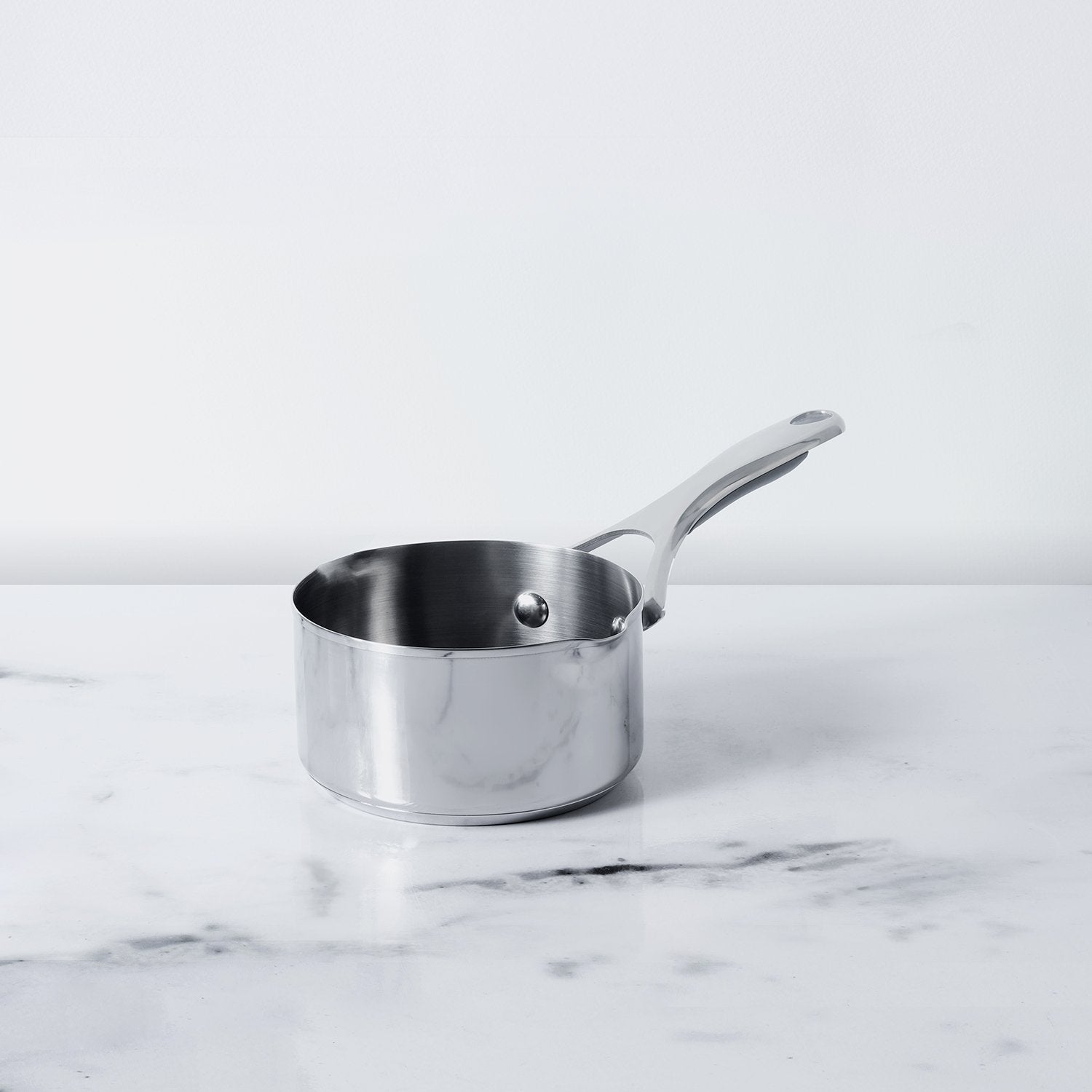Pressure cookers are an essential tool in modern kitchens, and using them on an induction cooktop combines efficiency with convenience. However, induction cooking requires specific cookware and techniques. Here’s a comprehensive guide to help you use your pressure cooker safely and effectively on an induction cooktop.
Table of Contents
- Why Use a Pressure Cooker on an Induction Cooktop?
- Choosing the Right Pressure Cooker for Induction
- Steps to Use a Pressure Cooker on an Induction Cooktop
- Tips for Using a Pressure Cooker on an Induction Cooktop
- Common Issues and Solutions
- Advantages of Using an Induction-Compatible Pressure Cooker
- Final Thoughts
Why Use a Pressure Cooker on an Induction Cooktop?
Induction cooktops heat cookware directly using electromagnetic energy, making them:
-
Energy Efficient: Heat is transferred directly to the pressure cooker, minimizing energy loss.
-
Fast Heating: Induction cooktops heat up quickly, reducing cooking time.
-
Safe: The cooktop remains cool to the touch, reducing burn risks.
-
Precise: Allows better control over temperature and pressure levels.

Choosing the Right Pressure Cooker for Induction
Not all pressure cookers are compatible with induction cooktops. Follow these tips to ensure your pressure cooker works efficiently:
1. Check for Induction Compatibility
-
Look for a label or symbol indicating induction compatibility on the bottom of the cooker.
-
The base must be made of ferromagnetic material, such as stainless steel or iron.
2. Flat Base Design
-
The pressure cooker should have a flat base to ensure maximum contact with the induction surface.
-
Avoid cookers with warped or uneven bases.
3. Material Matters
-
Stainless Steel: Ideal for induction due to its magnetic properties and durability.
-
Aluminum with Induction Base: Aluminum cookers with a bonded stainless steel base are also suitable.
4. Size Consideration
-
Ensure the pressure cooker’s base matches the size of the induction burner for even heating.
Steps to Use a Pressure Cooker on an Induction Cooktop
Follow these steps for safe and efficient cooking:
1. Prepare Ingredients and Cooker
-
Add the desired ingredients and liquid to the pressure cooker, adhering to the minimum and maximum fill lines.
-
Ensure the gasket and valves are clean and properly positioned.
2. Place the Cooker on the Induction Cooktop
-
Position the pressure cooker on the induction burner that best matches its size.
-
Avoid using burners that are significantly larger or smaller than the cooker’s base.
3. Adjust the Heat Settings
-
Start with high heat to build pressure quickly.
-
Once the pressure indicator rises or the cooker begins to whistle, reduce the heat to maintain steady pressure.
-
Induction cooktops allow precise temperature adjustments, so find the sweet spot to avoid overcooking or burning.
4. Monitor Cooking Time
-
Follow the recipe’s cooking times closely, as induction cooking is faster than conventional methods.
-
Use a timer if needed to prevent overcooking.
5. Release Pressure Safely
-
Turn off the induction cooktop and allow the pressure cooker to cool naturally or use the quick-release method, depending on your recipe.
-
Always follow the manufacturer’s guidelines for pressure release.
Meyer Merlot Non-Stick Kadai/Wok with Lid, 28cm
Tips for Using a Pressure Cooker on an Induction Cooktop
-
Preheat with Care
-
Induction cooktops heat up rapidly, so avoid overheating the pressure cooker when preheating.
-
Avoid Overloading
-
Never fill the pressure cooker beyond two-thirds of its capacity to prevent spillage and ensure proper pressure buildup.
-
Regular Maintenance
-
Check the gasket, safety valve, and sealing ring for wear and tear before each use.
-
Use Low to Medium Heat for Simmering
-
Once the desired pressure is reached, switch to a lower heat setting to maintain steady cooking.
-
Handle with Care
-
Use oven mitts or pot holders when handling the pressure cooker to avoid burns.
Common Issues and Solutions
1. Pressure Not Building
-
Cause: Improper sealing, insufficient liquid, or incorrect heat setting.
-
Solution: Check the gasket, add more liquid, and ensure the heat is set to high initially.
2. Overheating or Burning
-
Cause: Excessive heat or insufficient liquid.
-
Solution: Lower the heat once pressure is achieved and add enough liquid.
3. Cooker Not Recognized by Cooktop
-
Cause: Non-compatible pressure cooker or uneven base.
-
Solution: Use a cooker with an induction-compatible flat base.
Advantages of Using an Induction-Compatible Pressure Cooker
-
Energy Savings: Induction cooktops are more efficient than gas or electric stoves.
-
Time Efficiency: Faster pressure buildup and cooking times.
-
Precision Cooking: Fine control over heat settings enhances cooking accuracy.
-
Eco-Friendly: Reduced energy consumption lowers your carbon footprint.
Final Thoughts
Using a pressure cooker on an induction cooktop is a smart way to enjoy faster, safer, and more energy-efficient cooking. By choosing the right pressure cooker and following proper techniques, you can make the most of this combination to prepare delicious meals with minimal hassle. Whether you’re a seasoned cook or a beginner, this pairing is sure to elevate your culinary experience.











Leave a comment